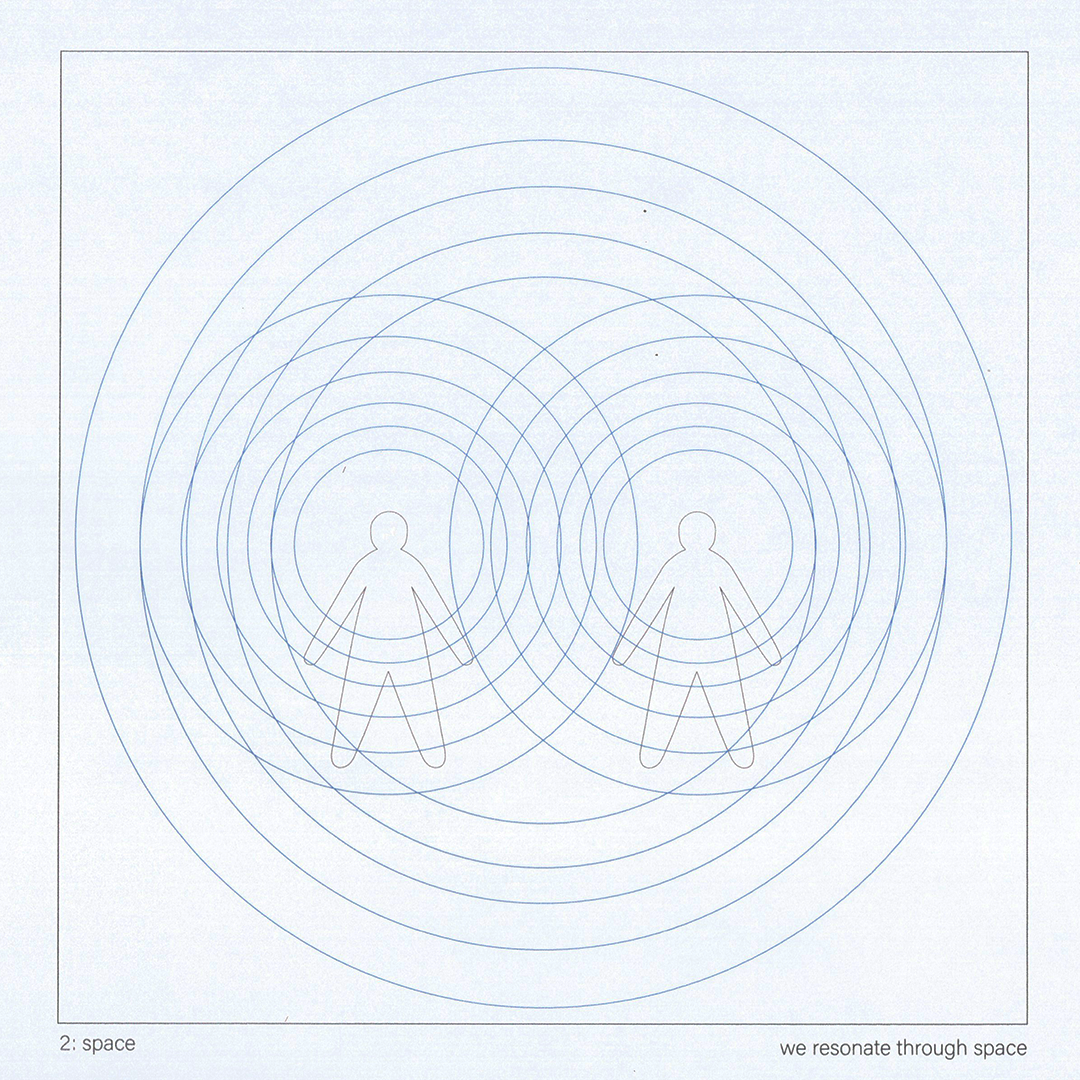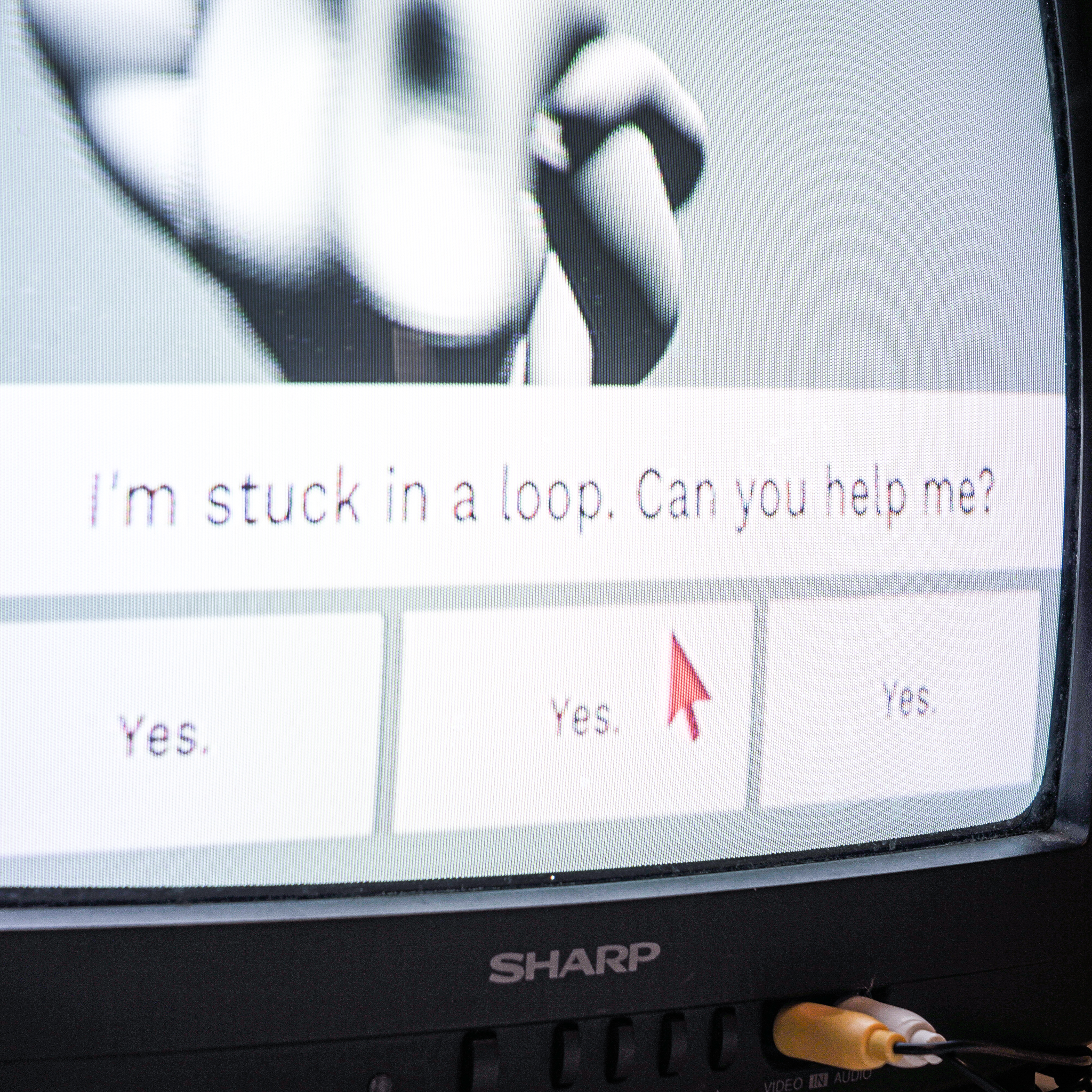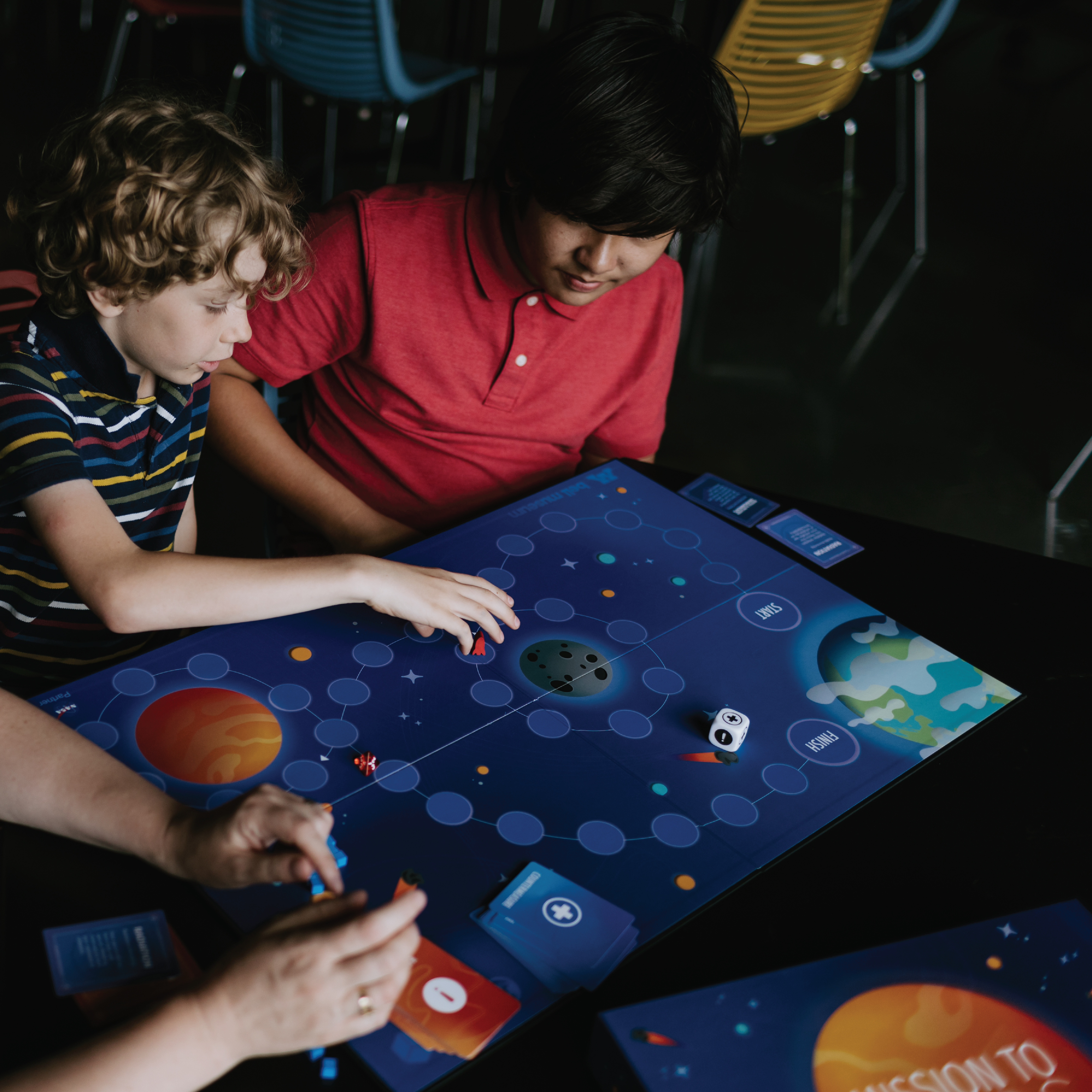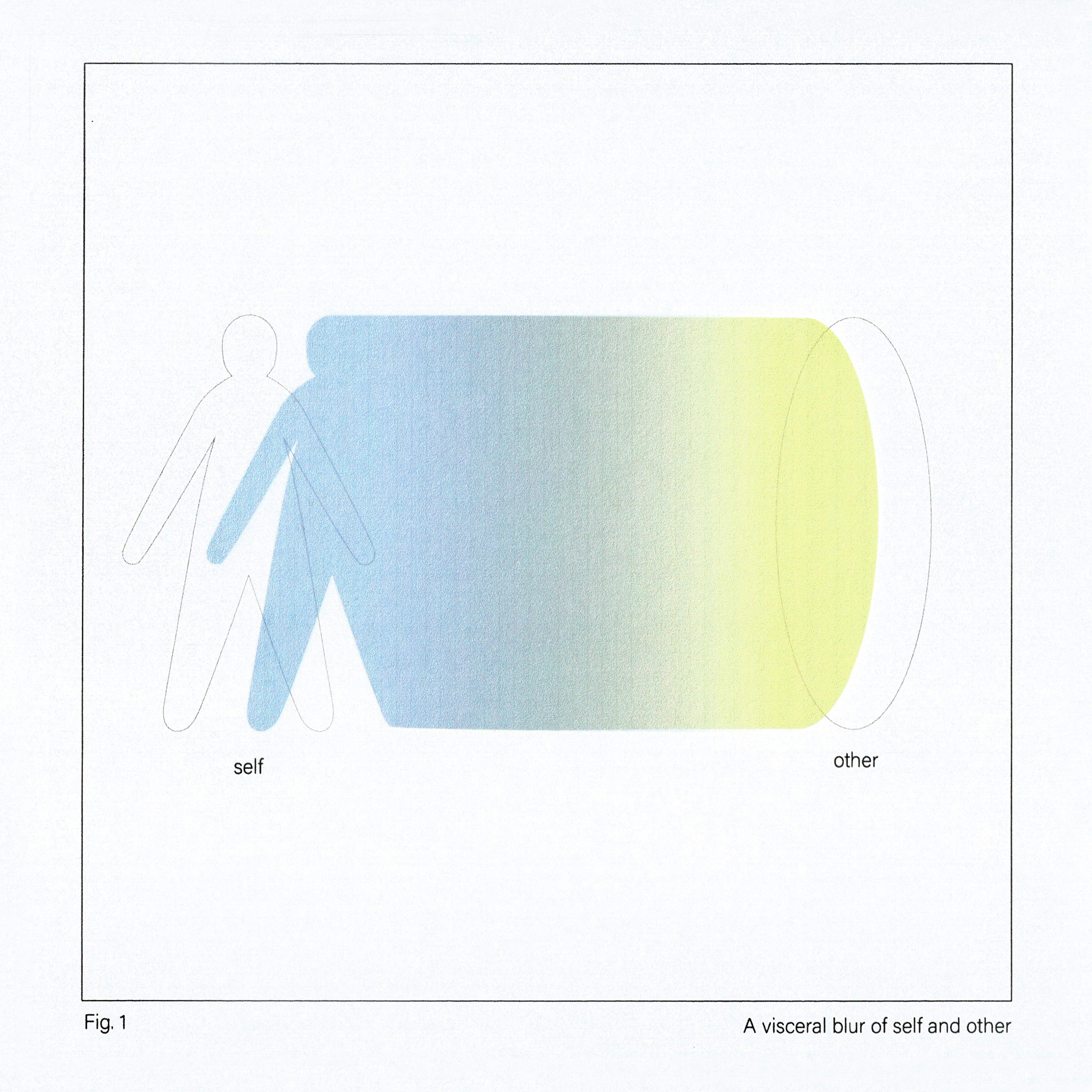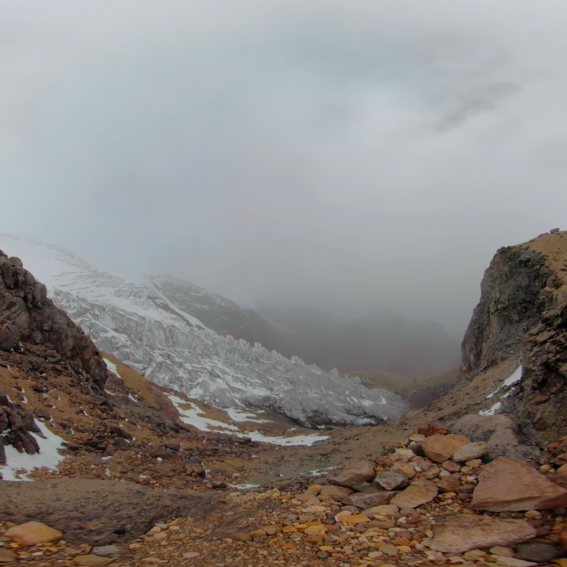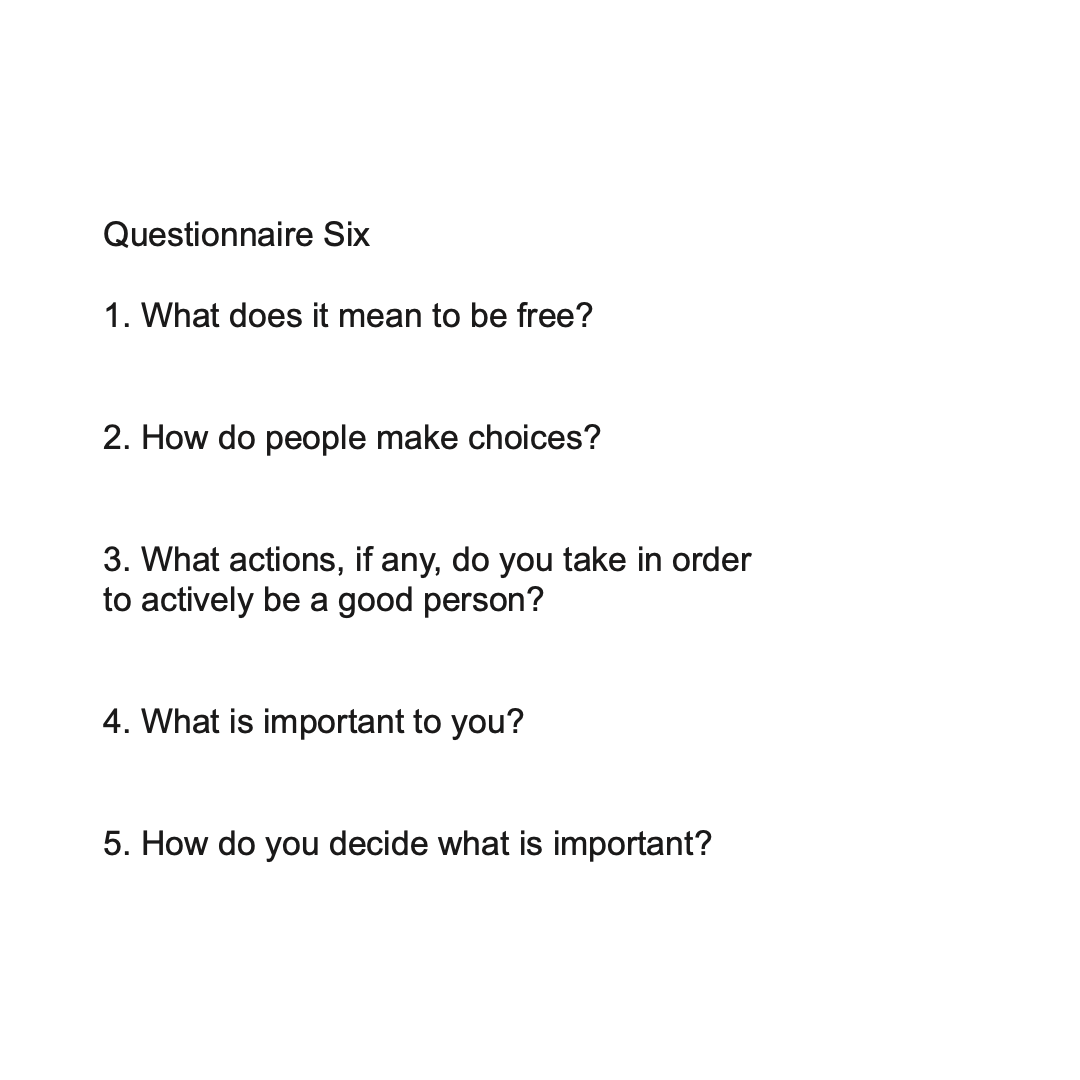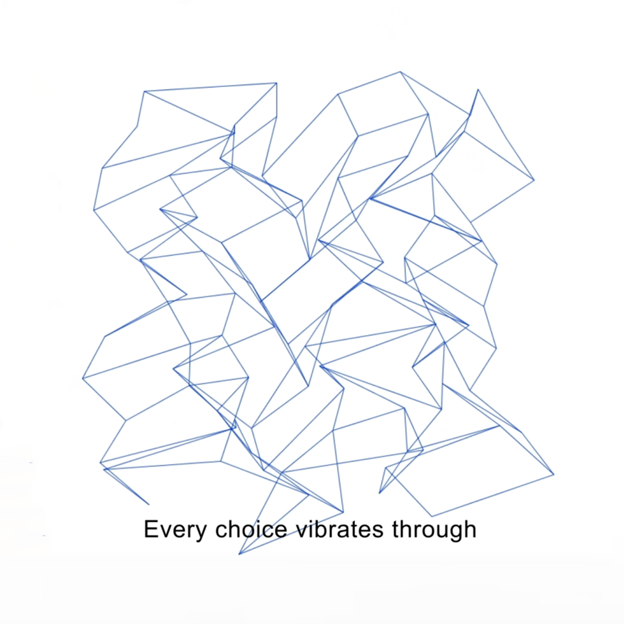Emily Dzieweczynski
I make things art, graphic design, web design, video, animation, UX design, virtual reality, research that help people connect—with one another and the universe.
I use the lens of psychology to consider how art and technology can help us empathize.
edzieweczynski@gmail.com
651.261.0366
Statement
I’m curious about empathy.
My portfolio moves between science, art, and technology. It questions the lengths and limitations of these fields when they intersect at the concept of empathy.
This interest in empathy comes from equal parts hope, stubbornness, and cynicism. I wanted to understand what could make people do good. The research began by studying Daniel Batson’s Empathy-Altruism hypothesis. This hypothesis states that the more empathic concern we feel towards an entity, the more altruistic motivation is experienced.
Empathy is facilitated by both understanding or sharing emotional remembrances and one’s ability to project and experience bodily sensations in relation to another entity.
My work is interdisciplinary. Psychological literature informs art making decisions, bringing something that is analyzed into something that is felt. I conduct research through data collection and documentation. Work in two-dimensional or new media functions as empathic stimuli, questioning how we connect and experience empathy.
Ultimately, your reality is vastly different than mine and I want to understand that.
✕
Biography
Emily (she/they) is a new media artist, science communicator, and writer. Their work questions the intersection of science, art, and technology—with particular interest in how those veins cross at the concept of empathy. Emily holds BA’s in Psychological Science and Studio Art from Gustavus Adolphus College and additionally studied Fine Arts Media at the Slade School of Fine Art. Their work takes the form of drawing, printmaking, writing, and new media; including code, virtual reality, 3D modeling, web-based media, sound, and video.
Their work has been shown at the Target Gallery, the American Swedish Institute, Rosalux Gallery, Highpoint Center for Printmaking, Gustavus Adolphus College, and the School of Visual Arts in New York. They have received funding through the National Science Foundation, the Minnesota State Arts Board, Springboard for the Arts, and Gustavus Adolphus College. Currently, Emily works in communications at the Bell Museum and as a studio manager at Second Shift Studio Space.
✕
Questions
1. What is the relationship between empathy and art? How can we use art, media, and technology to create empathic experiences?
2. What is the relationship between empathy and memory? How does media and art intervene on this or on our collective memories?
3. What is the history of empathy within aesthetics?
4. How do we design systems and technologies that are perpendicular to the current modern trajectory and, instead, help us better connect to our ecology, others, and ourselves?
5. How do we use data collection and can we use it in nontraditional ways to better understand experience? On the converse, when does data and the need to analyze from a quantitative perspective dampen the intensity of experience?
✕
Thank you & take care
